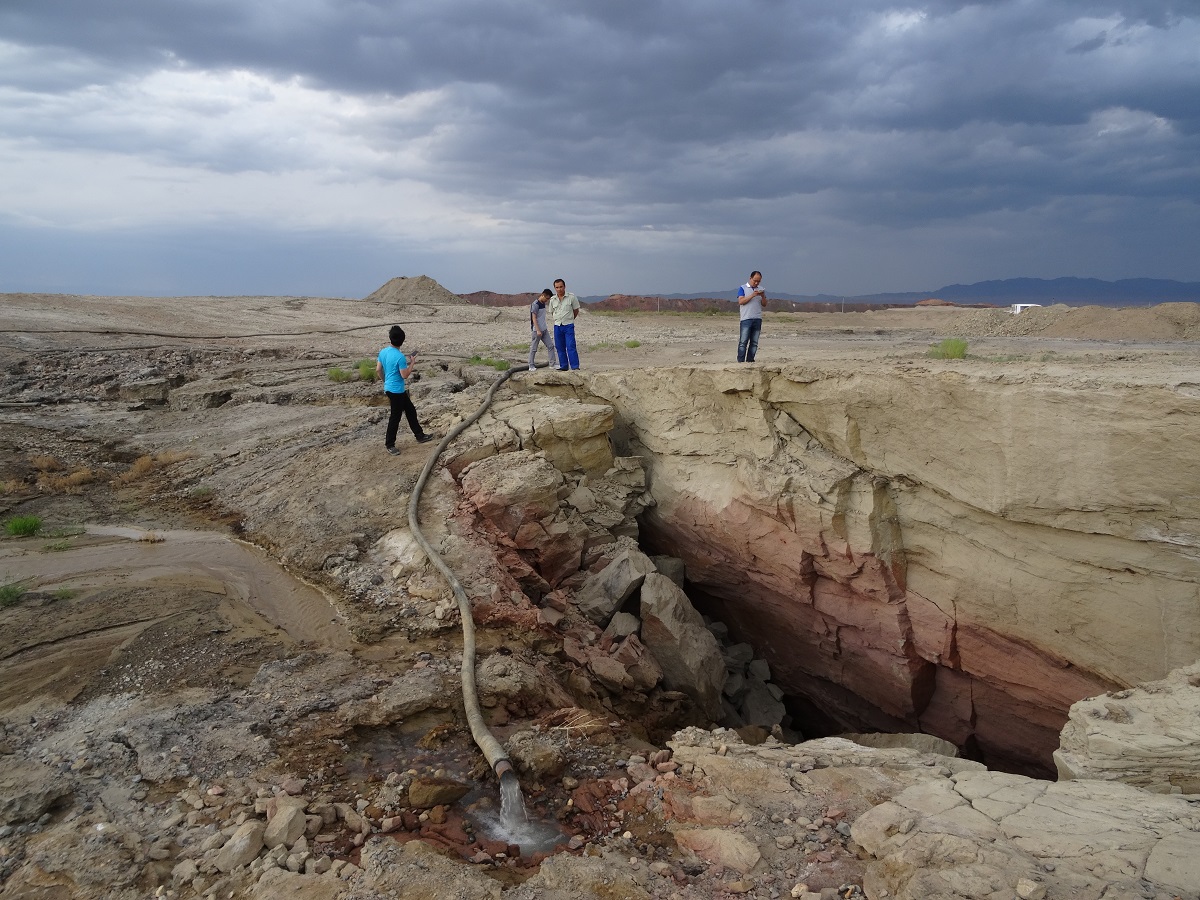Asia home to most serious cases in Earth's subsidence
According to the scientific journal Geophysical Research Letters, a quarter of the earth's population lives in areas where the soil sinks due to groundwater collection. Among the countries most at risk are the Philippines, Iran, Indonesia and Uzbekistan, where subsidence exceeds 50 millimetres per year. Tashkent plans new, more geologically aware water supply networks.
Tashkent (AsiaNews) - American scholars from the Colorado mining school have established that about a quarter of the earth's population lives in conditions of lowering of the ground level, which can lead to damage and destruction of buildings and many infrastructures. The research was published in the scientific journal Geophysical Research Letters (Grl).
It notes that one of the factors leading to sinking in densely populated areas is the collection of groundwater. According to scholars, there is a very significant correlation between the accelerated pace of water withdrawal and the speed of land subsidence, therefore these regions urgently need a more effective water exploitation technology, to avoid increasing the geological risk beyond limits .
The researchers used data linked to land subsidence, collected with the help of remote ground sounding. The results showed that over 6.3 million square kilometers of the Earth's surface (about 5% of the entire land area in the world) is sinking at a rate of 5 millimeters per year, an amount sufficient to put at risk many structures, in areas where around two billion people live.
In computer modeling procedures it has been established that the use of seabed water remains the main factor of subsidence, with subsequent consequences of seismic activities, thickening of sedimentary rocks, temperature variations and crowding of populations. The model also demonstrated that South Asia is the area with the greatest threat of subsidence both in terms of size of territory (more than 2.2% of the total area, with subsidence times of more than 50 millimeters per year), and for the risks for a population exceeding 20 million people.
Among the countries most at risk are the Philippines, Iran, Costa Rica, Indonesia and Uzbekistan, all exceeding 50 millimeters per year. For this reason, new water supply networks are being planned in Uzbekistan with particular attention to technologies and the quality of the works, not only to avoid the dispersion of investments due to the deep-rooted phenomenon of corruption, but also to try to correspond to geological needs.
Currently the Uzbek population has access to drinking water for 74.4% of the population, and the program intends to reach 88.9% by 2026, but without risking the stability of the earth's seabed. The works are planned in 1,405 Makhally (Municipalities), of which 470 are financed by international institutes, 795 with programs finalized according to the territory and 28 with state funds, as well as another 112 with local administration funds. By 2026, it is hoped that drinking water will be supplied to over 5 million people, with the hope of not causing further subsidence of the land.
Problems remain linked to the possibilities of raising all the necessary funds at various levels, which overall exceed 2.5 billion dollars for over 25 water supply projects. These are colossal sums, and President Šavkat Mirziyoyev raises at every opportunity the possibilities of attracting foreign investments, not only for the well-being of Uzbekistan, but for the salvation of the entire earth's crust.
Photo: Lixin Wu / Creative Commons
23/06/2022 18:04
30/05/2018 10:32
21/05/2024 14:40







.png)










